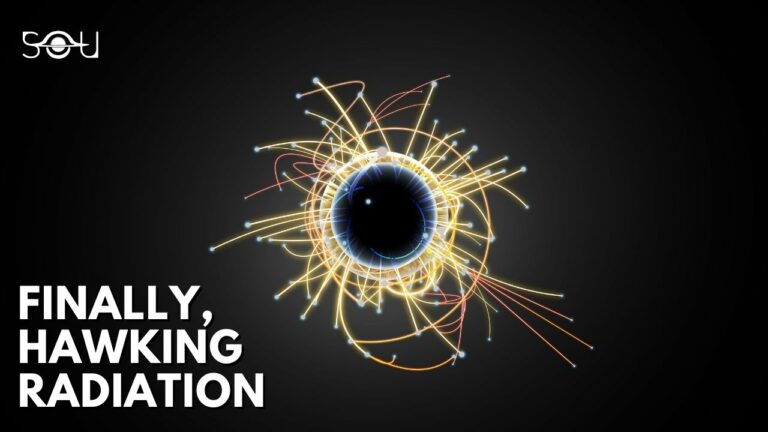Scientists Created a Black Hole in Lab, then it Strangely Started Glowing
A team of scientists created a black hole in a lab, and then it mysteriously started glowing. Specifically, they created a black hole’s event horizon under laboratory conditions using a chain of atoms. The glow might finally shed light on how black holes radiate in the form of Hawking radiation and, in the bigger picture, the aspects of quantum gravity.
The event horizon of a black hole is the point of no return. The gravitational force at that boundary is so powerful that even light, the fastest known entity in the universe, cannot escape. In 1974, English theoretical physicist Stephan Hawking (stiːvn ˈhɔːkɪŋ) proposed a mechanism of black hole evaporation via black body radiation known as Hawking radiation. The mathematics of Hawking radiation tells us that it would take more than 10^100 (ten raised to the power 100) years for astrophysical black holes to evaporate via this phenomenon. Also, the energy emitted by these black holes is so less that we cannot detect it even with the most advanced technology at our disposal. This is because any signal would get lost against the noise of the cosmic microwave background. That’s the main reason Hawking radiation has never been detected.
But now, a team of physicists has detected similar radiation in the lab. So how did they discover it? How is Hawking radiation of black holes linked with quantum mechanics? Finally, and most importantly, how will this study bring us closer to the unified theory of everything?
Do not forget to share your opinion with us to provide you with the best posts !




0 Comments